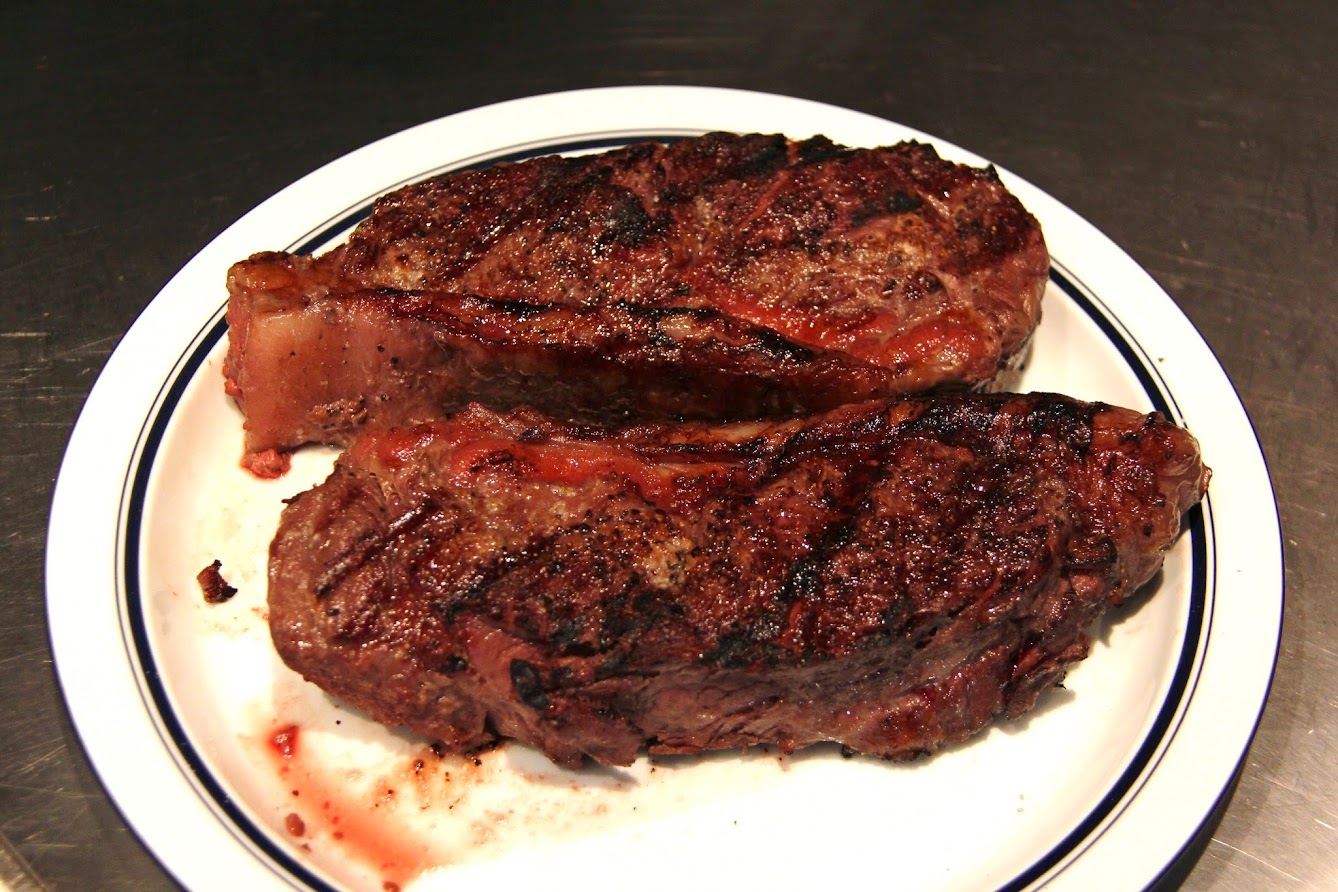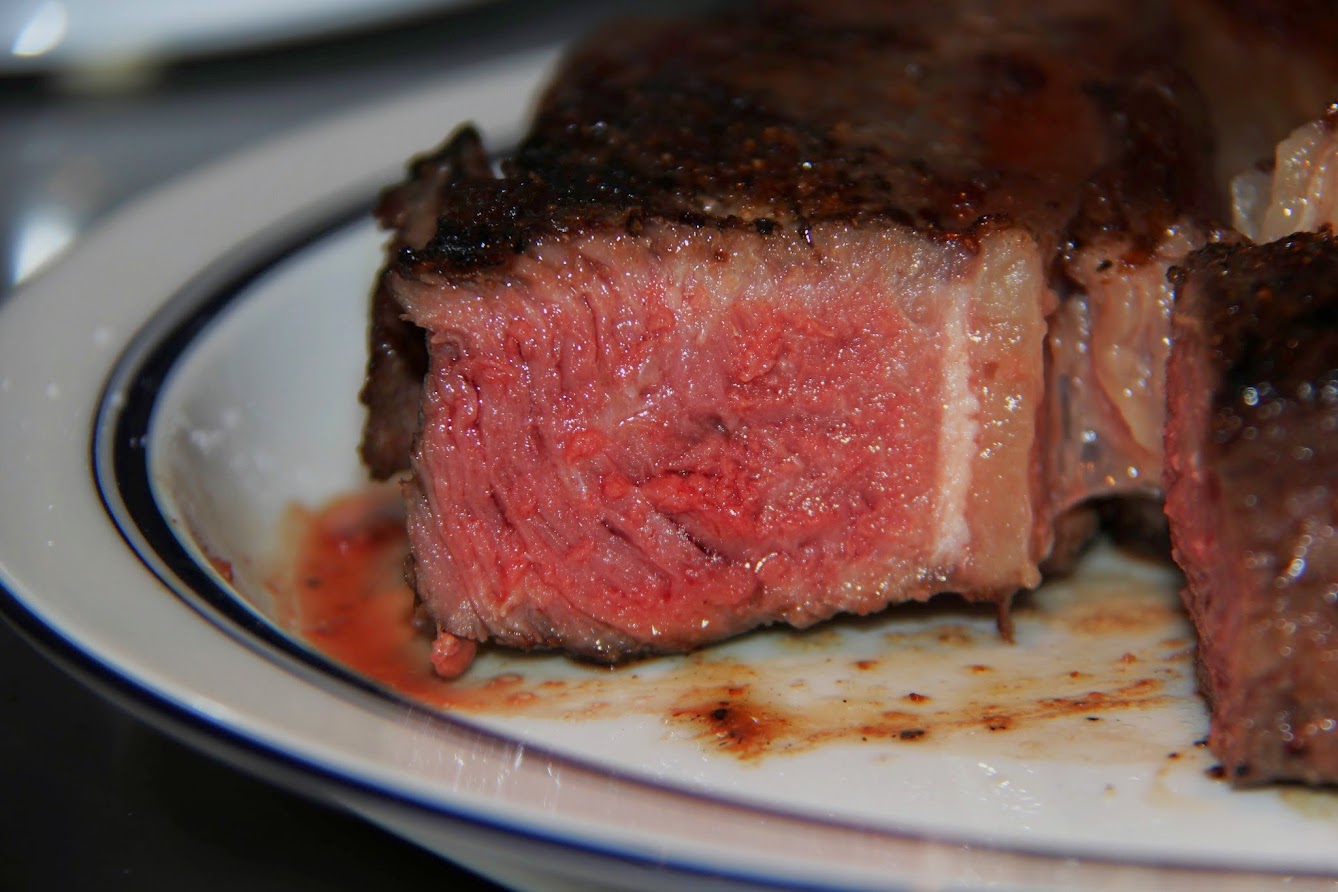Francesca Knowles wrote:
I spent a lot of time reading about this process and keep coming across references to its antiquity- evident source of what looks to me to be an erroneous presumption seems to be Wikipedia.
From what I've read, the presumed "father of Sous Vide" (literally, "under vacuum"), Sir Benjamin Thompson, is actually the father of CANNING. Which of course involves a vacuum, but one created at much higher temps that those used in the method described/practiced as sous videry. And which certainly revolutionized food preservation.
The low temp process now known as sous vide and not meant as a preservative method didn't come into use until the 1960's/1970's, when heat tolerant plastic bags began to appear. Initially the process was used in hospitals and other institutions to make food more consistent and palatable. The first use by a professional chef seems to have been by a fellow in France attempting to reduce losses when cooking pate de fois gras. He applied what he found to other foods, and a style of cookery was born.
The rest is history...but it's not ANCIENT history!
Yes, Count Rumsford AKA Sir B. Thompson, inventor of the Rumsford fireplace and stove, which are still in use today, is considered the father of sous vide through his studies in heat transfer and motion as well as various practical works improving the diet of 18th century Bavarian soldiers . His treatises included food preservation principles thus canning and sous vide are encompassed. One hundred years after his death, the Rumsford Kitchen was a much visited and admired exhibit at the Chicago World's Fair of the late 1890's. I'm not reading anything erroneous in the Wikipedia article although much info is missing. Sorry if I wrote too much about Rumsford but I find him fascinating in a nerdy sort of way, LOL.
As to your assertion that sous vide has not roots in ancient history...I suppose that is dependent on what you consider ancient a term which is certainly up for grabs. Rumsford's work and that of his 18th century contemporaries, was based in part on food preservation methods prevalent in time immemorial: ceviche; foods preserved and cooked in leaves, and of course, confits.
Modern sous vide theory can be attributed to innovations in food grade plastics and work by these 2 men: Georges Pralus, and Bruno Goussault, both of whom are still active in the field. They have been instrumental in revising the hereto "sacrosanct" USDA cooking temp recommendations which allow well regarded people such as Alton Brown to scoff at em with proven scientific laughter.
Can you take the principles of industrial grade sous vide machines and translate that into the home? Sure just use the same amount of care you would when canning acidic products.
We live, we learn, and move on, hopefully eating better in the process:).


